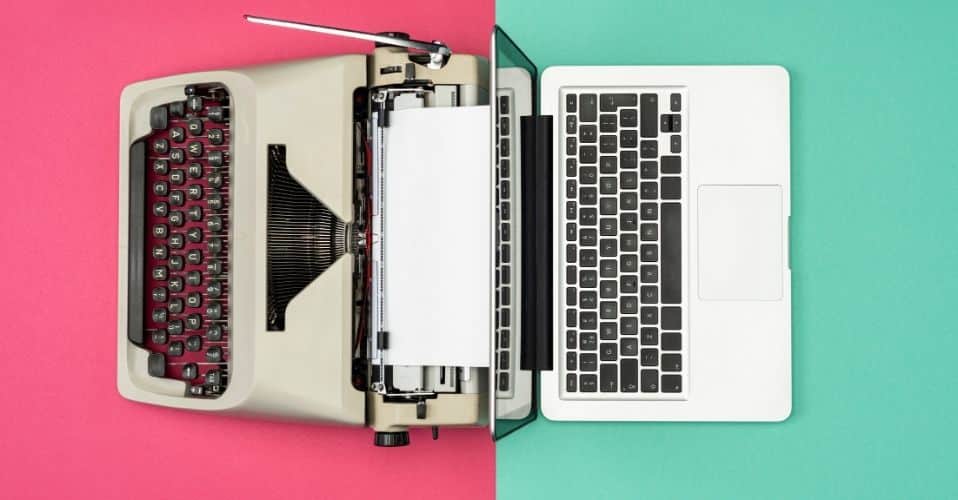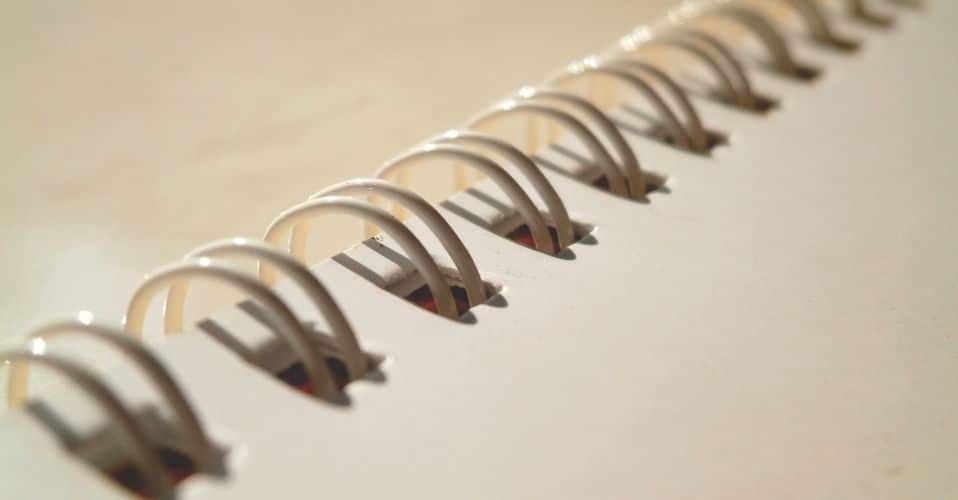As a seasoned crafter, I am all too familiar with the importance of the right tools and services. Today, I would like to pull back the curtain on the fascinating world of Print on Demand (POD) book production, where the intersection of technology and traditional craftsmanship is truly remarkable. Let’s delve into the most important aspects of book printing and book binding services you should consider when aiming for the best quality POD books.
The Art of Book Printing: Digital vs Offset

Book printing is a significant part of the POD process, and it comes in two primary forms: digital printing and offset printing.
Digital printing, a relatively new technology, utilizes electronic files and dot patterns to produce images on a variety of surfaces. Its major strength lies in its flexibility. It can accommodate small print runs, producing as little as one book at a time, with excellent DPI (dots per inch), ensuring a crisp, clean print.
On the other hand, offset printing, a traditional printing press method, uses plates to transfer an image onto a rubber blanket, and then onto the printing surface. This method offers unrivalled print quality, perfect for larger print runs, making it a cost-effective option when producing books in bulk.
Binding Techniques that Make a Difference

An equally vital aspect of POD book production is book binding. The most popular methods include perfect binding, case binding, spiral binding, and saddle stitching.
Perfect binding is perhaps the most commonly seen on bookshelves. This technique involves gluing the pages to the cover, resulting in a square spine that can be printed on, ideal for books with a high page count.
Case binding, often used for hardcover books, involves sewing the pages together and then attaching them to a hard cover, or “case”. This method exudes durability and luxury.
Spiral binding and saddle stitching are more straightforward methods. Spiral binding involves threading a wire coil through holes along the edge of the pages. Saddle stitching, on the other hand, staples the pages together at the middle, perfect for booklets and brochures.
Cover Design Essentials: Lamination, Finishing, and Stock

The cover of your book isn’t just about the design; it’s also about the feel. The decision between a matte finish and a glossy finish can significantly affect your book’s overall appeal. Matte provides a more sophisticated and elegant look, while glossy adds vibrancy and catches the eye.
Additionally, cover lamination offers an extra layer of protection, enhancing the lifespan of the book.
When it comes to cover stock, thickness matters. A thicker cover stock not only increases durability but also gives your book a more substantial feel. Remember, the trim size and bleed of your cover should be properly planned to avoid any design elements getting cut off.
Color Models: CMYK vs RGB

The CMYK (cyan, magenta, yellow, key/black) color model is used for print, while RGB (red, green, blue) is used for digital displays. It’s crucial to ensure your design is in the correct color model to prevent color disparities between your digital design and printed book.
As the famous American printer, publisher, and linguist, Isaiah Thomas once said, “Without printing, the study of literature would be ineffectual”. It’s this remarkable fusion of print and binding techniques that enables us to physically hold ideas and stories in our hands.
Whether you choose digital or offset printing, perfect or case binding, matte or glossy finish, always remember




 No products in the cart.
No products in the cart.